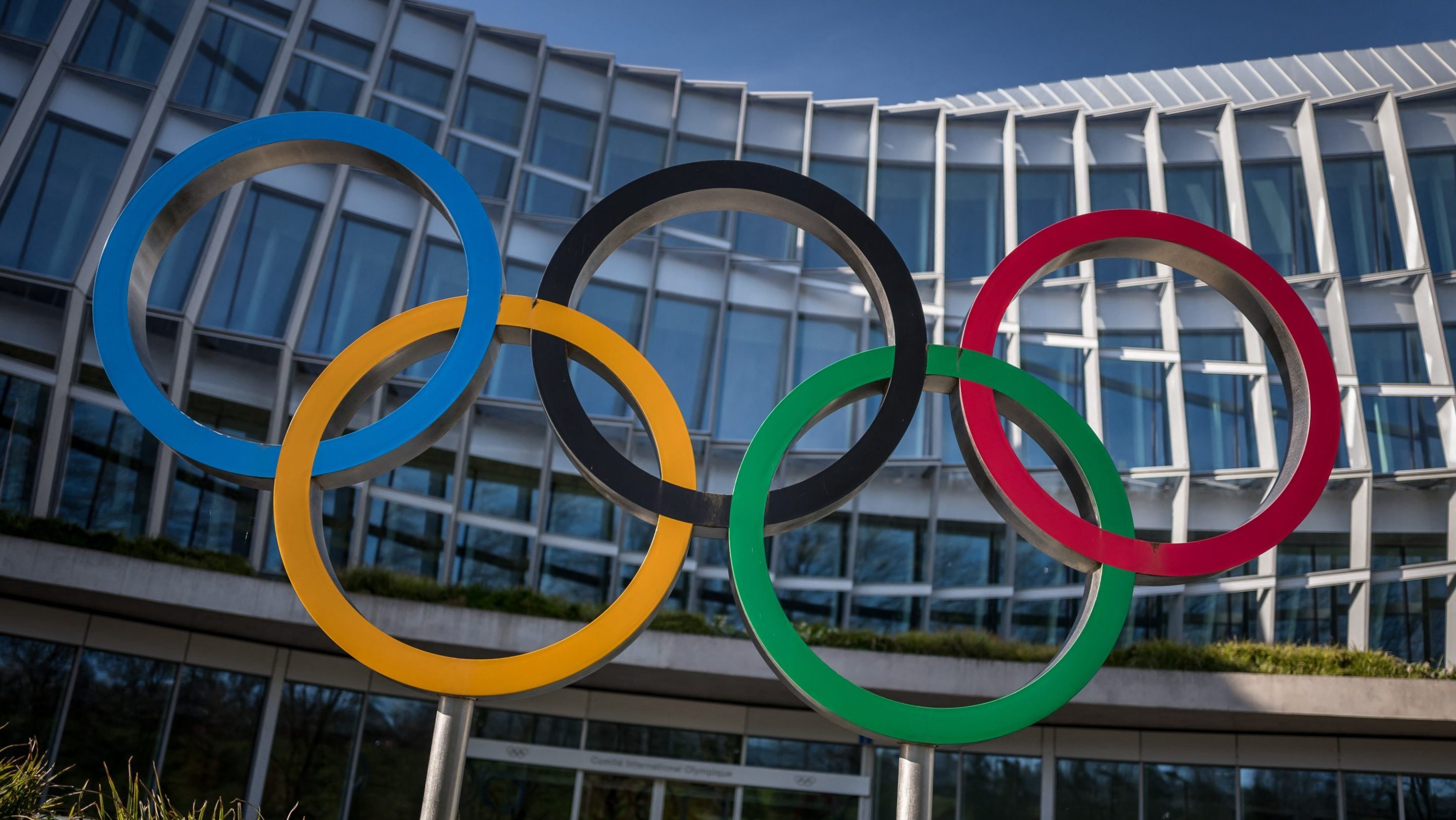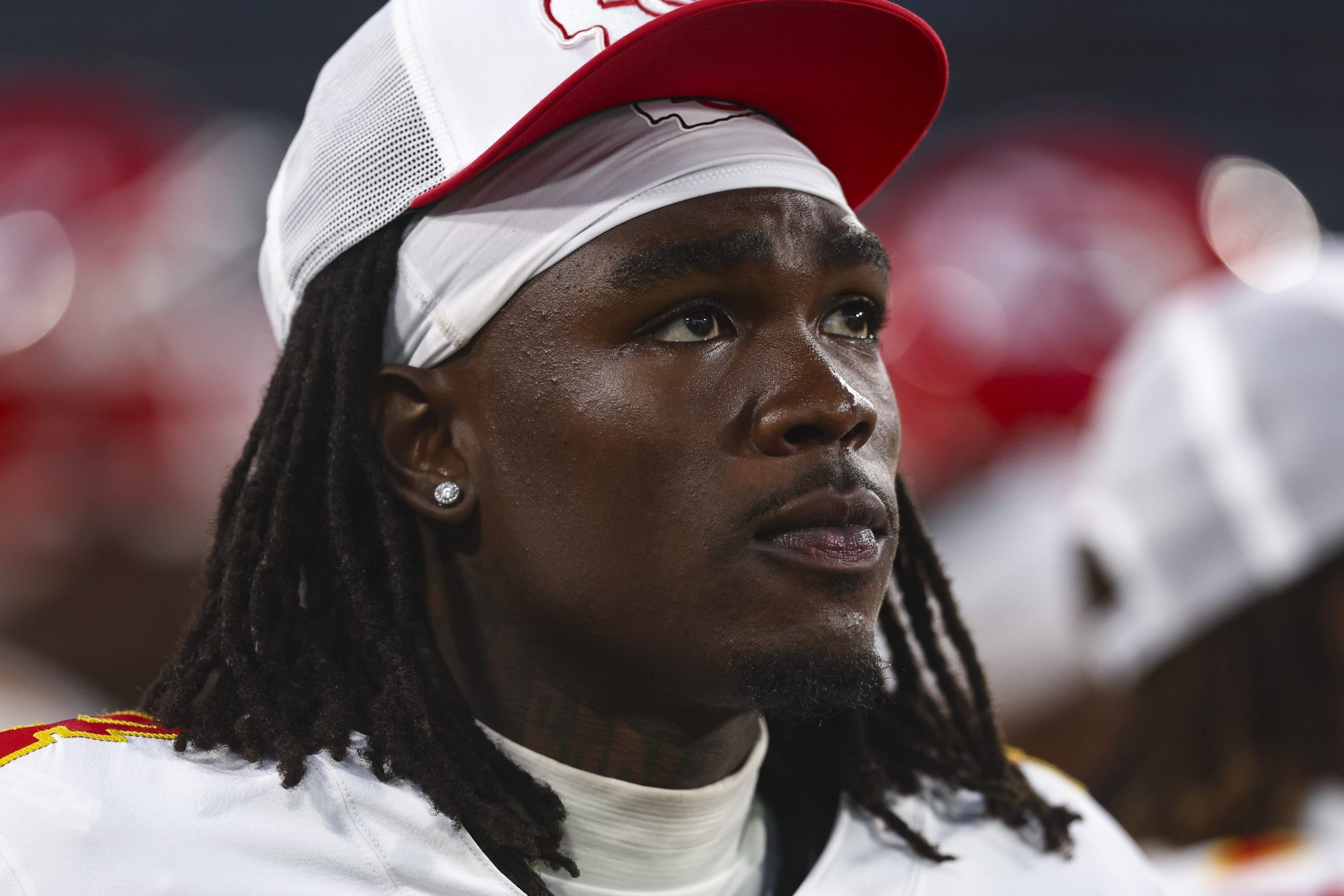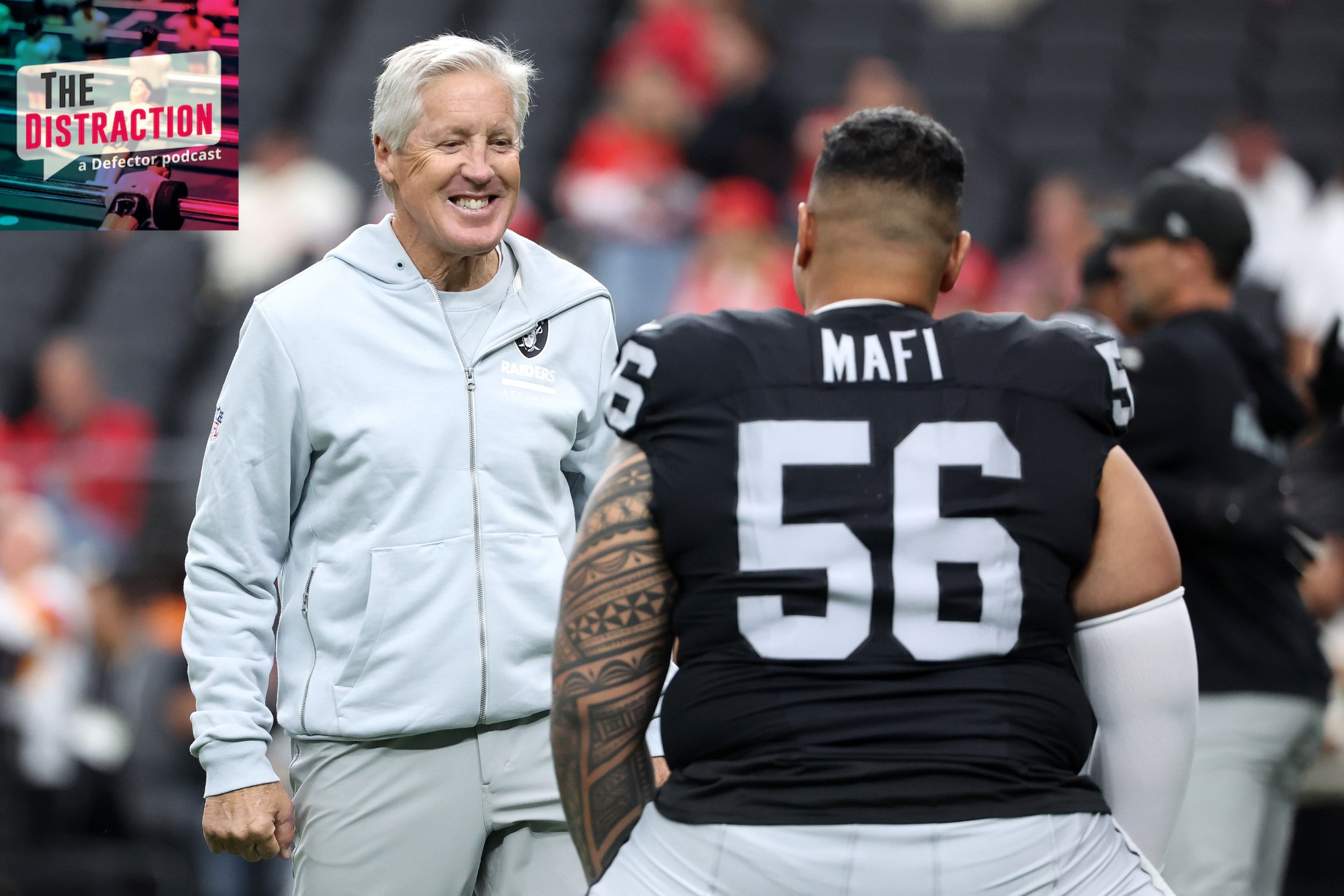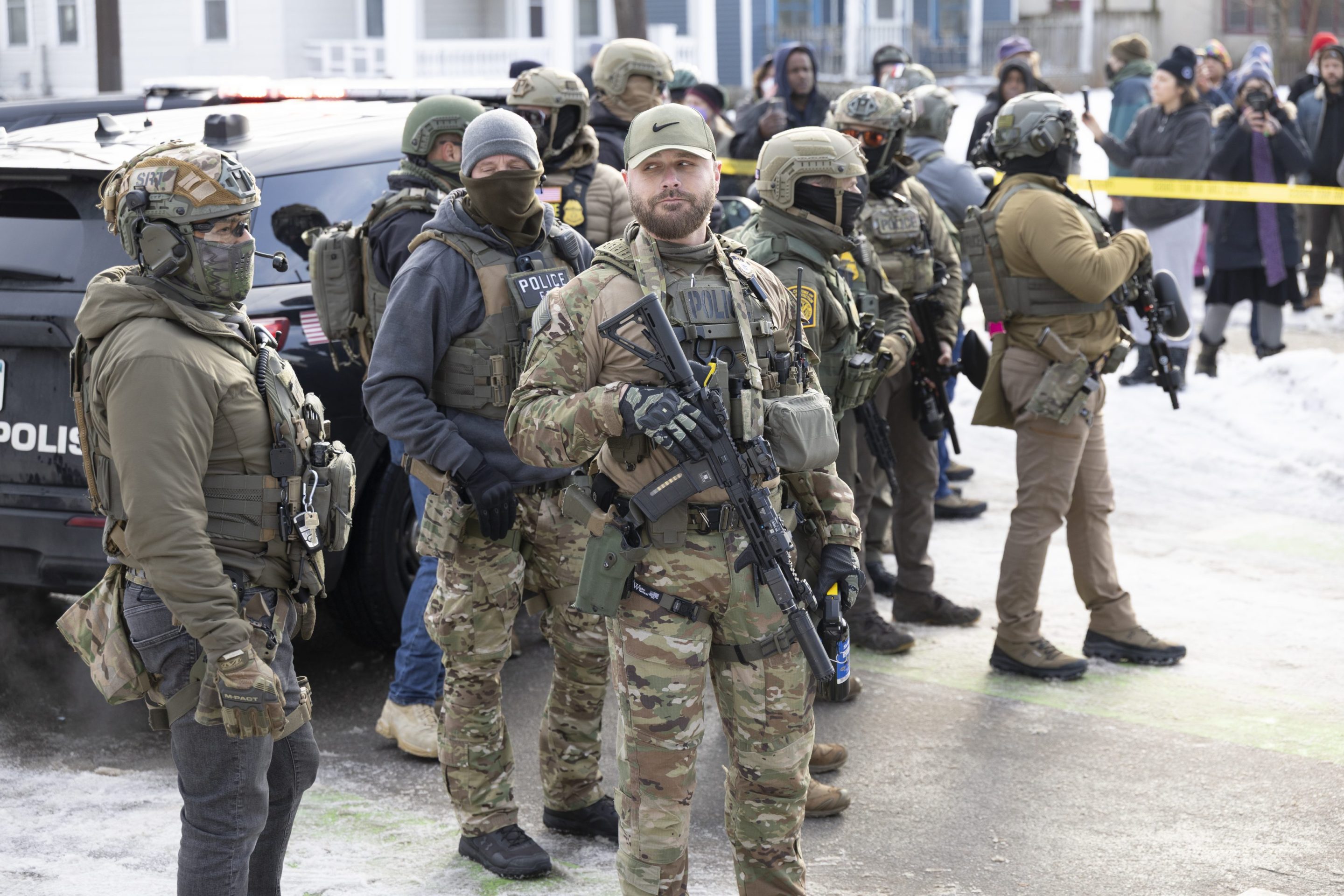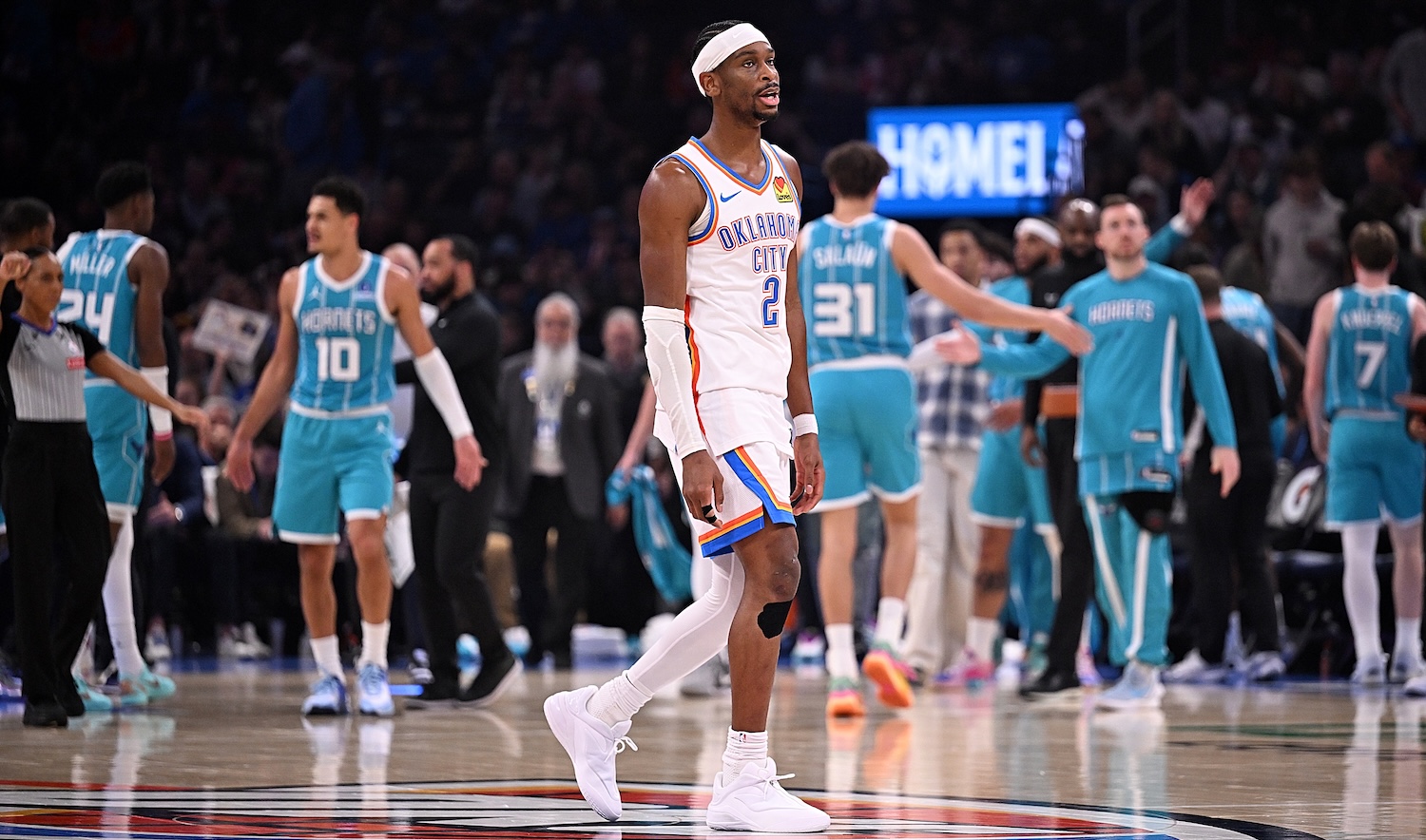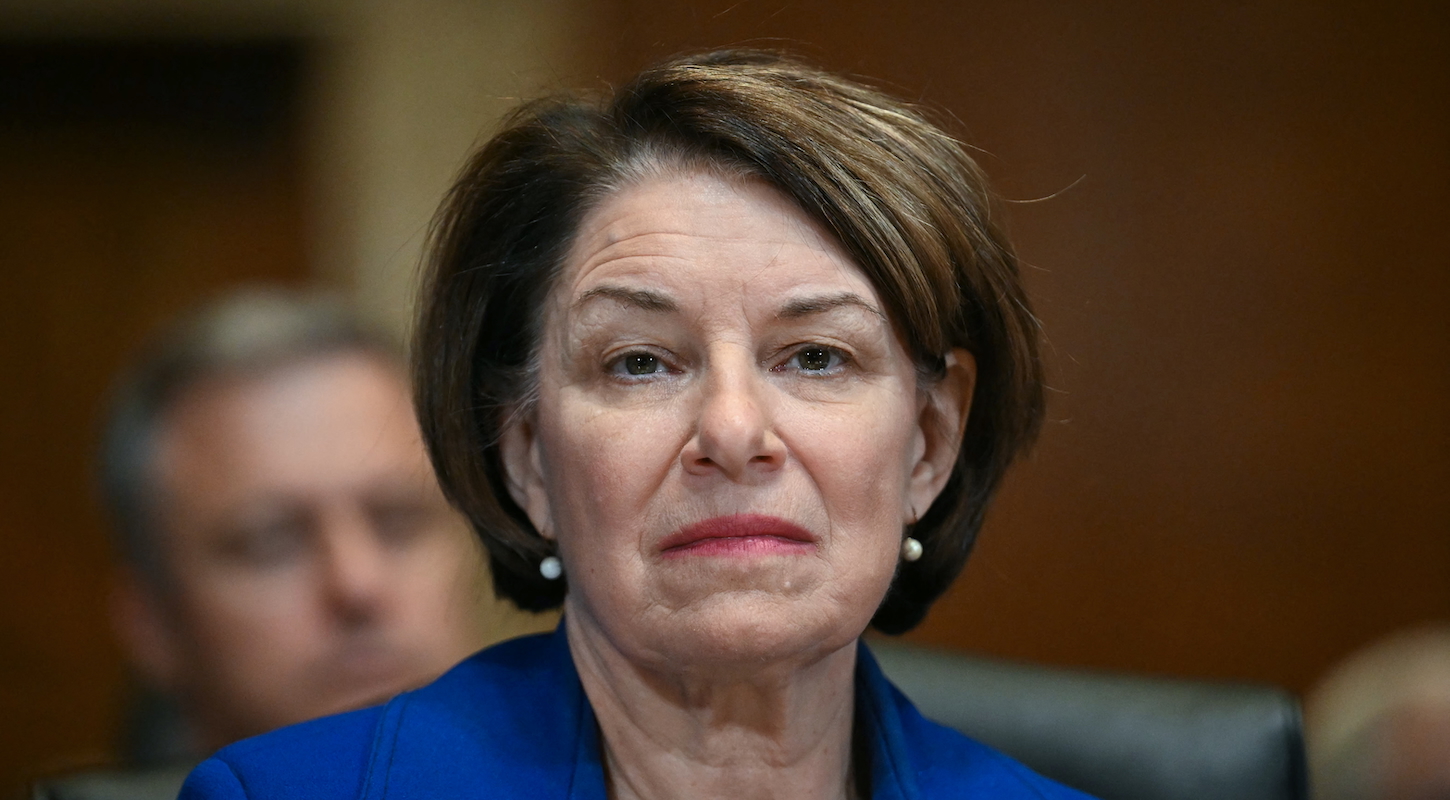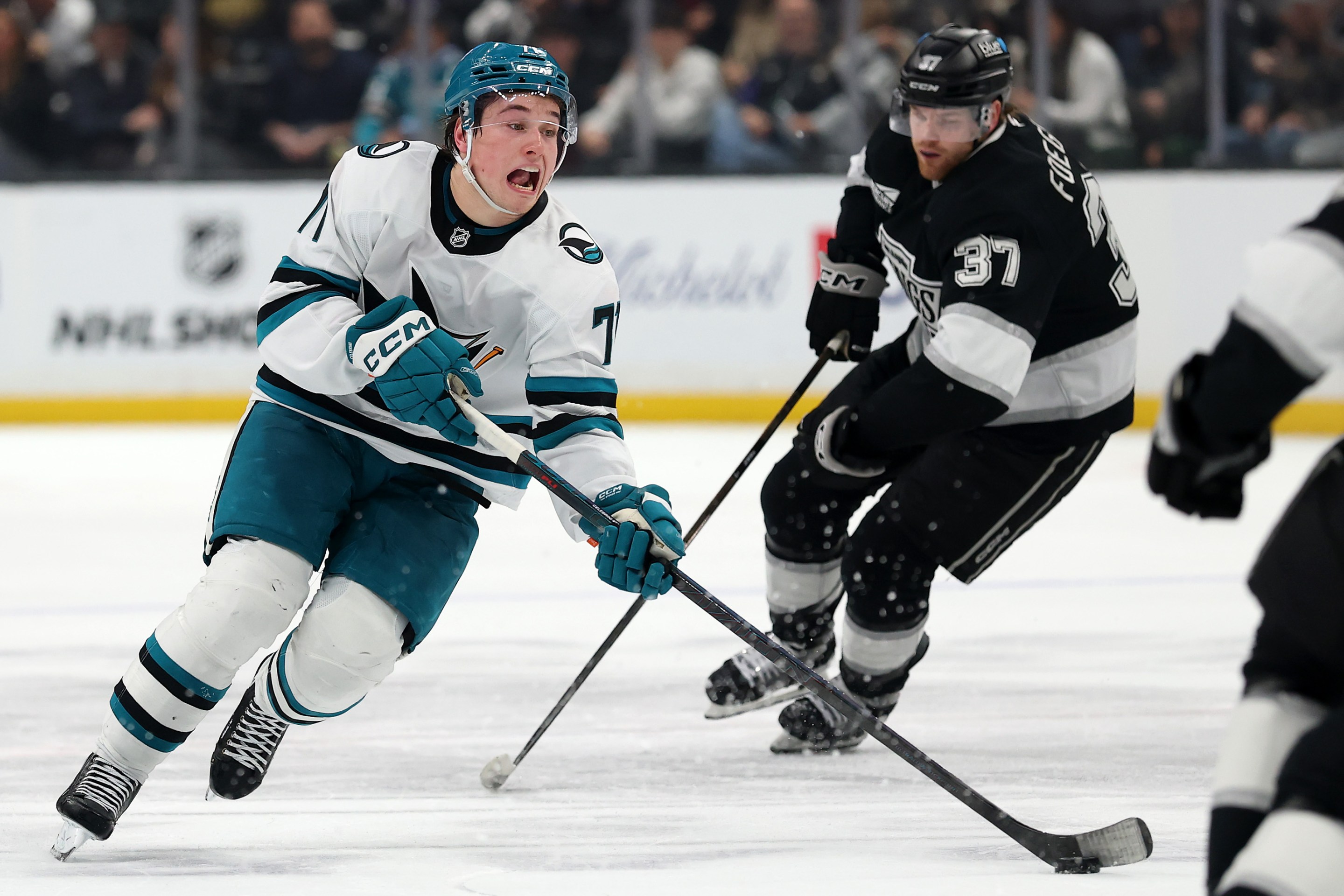Beginning with the revelation that former USA Gymnastics national team doctor Larry Nassar sexually abused hundreds of athletes under the guise of medical care, Congress said it would do something. And after people spoke up about athlete abuse in other sports, running the gamut from soccer to taekwondo to swimming, Congress, again, said it would do something. And last month—more than seven years after the initial reporting in The Indianapolis Star about abuse in gymnastics—Congress, once again, said it would do something.
The latest steps in that process came recenty, when a bi-partisan commission tasked with investigating the Olympic and paralympic movement in the United States issued its report on how to improve the sprawling ecosystem that it encompasses, including athlete safety. This was followed by two hearings, one in the Senate and another in the House of Representatives.
The report totaled more than 275 pages and delved into the many ways the current Olympic and paralympic movement is failing athletes and how that failure, in turn, creates an environment where abusive behavior can not only happen, but thrive unchecked and unpunished. Though the report's page count is daunting, the length is justified; what the report dares to tackle is how the U.S. Olympic and Paralympic Committee and its various related bodies have become an alphabet soup of bureaucratic fiefdoms, all nearly impossible for an outsider to decipher, let alone navigate and hold accountable. Most athletes still are paid very little, while Olympic executives at the top earn generous salaries and bonuses. Despite reforms made, athletes still see the USOPC as solely focused on medals and money, and what little oversight there is from the government over this entire apparatus isn't nearly enough. In other words, though there has been some change, a lot of fundamental power imbalances between athletes and governing body executives still remain.
But looming largest in the report is the U.S. Center for SafeSport, which is supposed to investigate sexual abuse across Olympic and paralympic sports. The center has, per the report, "lost the trust of many athletes." Only 44 percent of high-performance athletes saw SafeSport as succeeding in creating an abuse-free environment, and athletes who interacted with SafeSport gave it a 3.7 out of 10 in satisfaction. Grace French, the founder and president of The Army of Survivors, which works to stop sexual abuse in sports, said in her testimony to the Senate that they hear "on a weekly, if not daily basis, from survivors who are struggling or have been harmed by the SafeSport process."
"Survivors have been ignored, silenced through do not disclose agreements, had investigations that lingered for years, had no notice of actions taken by SafeSport that could put them at risk, have little to no confidence in the SafeSport investigation process, are subject to unchecked or interrupted retaliation, and have not been supported through a trauma-informed approach," French said.
This is due to to many factors, but one is glaringly obvious: SafeSport's ever-growing case backlog. The cause of that backlog? SafeSport's ever-growing caseload.

This, the report points out, is "a massive pain point for athletes." The longer cases stay open, the reported said, "the greater the trauma for victims seeking justice as well as the agony for respondents awaiting a decision." The delays also make it much harder for the governing bodies overseeing various sports to take action to make people safer while an investigation is ongoing.
Mana Shim, who testified before the House, used her own experience when her soccer coach sexually harassed her as an example. More than two years after speaking out about what happened, the SafeSport investigation into Paul Riley still ongoing. Shim, at the time the chair of the US Soccer participant safety task force, said she didn't worry about Riley coaching again because of how much attention her story received, but even she had problems with the SafeSport process as she went through it.
"I just felt like the process itself was unprofessional. I remember seeing an email with my coach's name spelled wrong, and it's a small detail but it just feels like maybe it's not taken as seriously," Shim said. "And just the fact that it's taken so long, the fact that it remains open."
Shim said that, in the more than two years that have passed, she'd received about four updates—and the last one, from about two months ago, was that "there would be a new investigator on the case."
Even when a SafeSport case does end, it still might not provide any resolution because of how many cases are administratively closed, meaning no findings are issued and no public record is created in the SafeSport database. A report by the U.S. Government Accountability Office found that, between February 2018 and June 2020, "most cases under SafeSport's review were closed administratively or jurisdictionally without a determination," the commission wrote. In multiple hearings, members of various national governing bodies said this puts them in a bind because an investigation will close administratively and they have almost no information to guide them on what to do. (Though it's worth recalling that it was the rampant ignoring and covering up of sexual abuse by various sports federations that led to the creation of SafeSport. Even if all the governing bodies have gotten much better, they are not blameless by any means.)
When asked how athletes feel when a case is administratively closed, Shim said: "Not well. I think they interpret that as they are either not believed, or maybe they're believed but nobody really cares. And it can be really devastating. We've seen athletes leave the sport who are very capable and should be continuing with their careers. I was, I feel like I stopped early in my career because of the abuse that I experienced, and it's really devastating. It has devastating consequences."
Cases that are investigated and reach a finding, however that long that takes, still have another step because the subject has the right to then request a hearing with an arbitrator.
So, in summary, an athlete who reports to SafeSport might see their case administratively closed, with nothing done. Or, if it moves ahead, it could take years to reach a decision. And, after that decision, there's still possible arbitration, in which case the results could be overturned or lessened. I'm not a fan of referring back to my own work, but I'm allowing myself to do it here because a lot of this was extremely predictable. Here's what I wrote about SafeSport 2018:
For the SafeSport center to have a chance, athletes need to believe in its independence. Otherwise, SafeSport will run into the same issue that has plagued law enforcement, child services, Title IX officers, and human resources departments: Victims avoid reporting to enforcement offices that they view as prioritizing the reputations of their institutions over individuals.
The answer, as it tends to, involves money.
First, SafeSport needs a lot more of it. SafeSport CEO Ju’Riese Colón said in her testimony before the House that she believed the center needed a budget of $30 million to do its job effectively. In 2022, tax document show the center had more than $23 million in revenue. (For comparison, total revenue for the drug-testing agency USADA in 2022 was more than $28 million.)
The source of that money also is a huge problem—most of it is from the USOPC, the same organization SafeSport is supposed to be independent from. In fact, the commission report outlined how the USOPC "charges governing bodies a high-use contribution fee for each case referred" to SafeSport. In other words, the more a sport's governing body refers cases to SafeSport, the more money that organization has to pay to SafeSport—creating a direct financial incentive to not report to SafeSport.
Or a private youth-sports group can just leave the Olympic and paralympic space and get out of any SafeSport reporting requirements while still working with children. Per testimony given to Congress, this is already happening. At the House hearing, USA Softball CEO Craig Cress said that, within the past year, about 3,500 teams had disaffiliated, which put them outside of SafeSport. Cress didn't say this was only due to SafeSport instead, as he said, "A lot of time it's people pick the path of least resistance. If you can sign up for an event and do it online and do it quickly and not have to meet other criteria, then I think that's the path that unfortunately that some teams are and their parents and coaches are selecting."
Two images also were entered into the record, showing two different youth softball organizations saying they didn't require SafeSport. One appeared to come from Diamond Classic Fastpitch, which still had this language on its website when I checked: "SAFESPORT IS NOT REQUIRED FOR DIAMOND CLASSIC EVENTS." (The related issue of coaches being banned by SafeSport and still coaching has been reported on multiple times.)
And, yes, there's even more in the report about SafeSport: its database isn't widely known about and is infrequently updated, athletes sense that the system is "stacked against victims," and there remains a general lack of information about how to report abuse. But the report also makes clear that fixing Olympic, paralympic, and grassroots sports will be about much more than just fixing SafeSport. The commission recommended getting rid of the word amateur, making the Team USA Athletes' Commission fully independent, and highlighted the additional work needed to improve access to sports for paralympians at all levels. It also recommended creating a new federal office to coordinate and develop youth and grassroots sports, separating that from the USOPC. Because what report's authors realized was that even a perfect SafeSport could only do so much: The entire system is in dire need top-to-bottom change.
I watched the hearings last month in the Senate and the House. The second speaker in the Senate was Ted Cruz, who used part of his time to insist the bi-partisan commission was actually partisan, to express concern that the report wanted to regulate Little League (a gross mischaracterization), suggested more oversight of youth and grassroots sports would convert the U.S. into the "sports models of Russia and China," and dog-whistle about the report mentioning diversity, equity, and inclusion. Though all four people called to testify spoke and gave thoughtful answers—Colón, French, USA Hockey executive director Pat Kelleher, and Commission on the State of U.S. Olympics & Paralympics Co-Chair Dionne Koller—there were multiple times it appeared that some senators had not read the commission report. Like past hearings that I've watched, it was more political theater than genuine inquiry.
The tone was different in the House, where multiple times it at least seemed like congresspeople had read the report. Chairman Morgan Griffith talked about his own experience seeing signs for SafeSport at a local high school swim meet in Virginia, as well as concerns he'd heard from a coach in his district about teams operating outside of SafeSport's jurisdiction. Multiple congresspeople asked thoughtful questions. Nobody blamed DEI for anything.
"This issue is so prevalent and, to your point, it's happening everywhere. And almost to a degree that, you know, what can we do," Shim said. "But I think we need to all believe that there are still things we can do, and the biggest takeaway for me is that we cannot do this if we're acting independently. We need to come together and collaborate on potential solutions."
On April 1, SafeSport announced in a press release that it was making changes. They included a streamlined process, better communication, more training for employees, and the option for people to review the center's evidence, with a few exceptions, after an investigation is done. SafeSport also said it would be "redefining and recategorizing" administrative holds and provide people with "specific categories that explain the reason for these outcomes."
A few days later, Shim announced that she was leaving her position with US Soccer to launch her own firm, Accelerate Strategies, to "focus on protecting athletes and young people through fostering healthy, inclusive playing environments across the sporting world." Shim is starting the firm with Ray Bucheger, a longtime federal lobbyist whose previous clients include US Soccer, which, per Politico, hired Bucheger's FBB Federal Relations in 2019 to help in its failed fight against equal pay to members of the U.S. Women's National Team. Since hiring Bucheger, per OpenSecrets, US Soccer has remained a steady client of his services.
Decades have passed since the last sweeping, top-to-bottom reform happened to the Olympic and paralympic movement in this country. It came in the late 1970s, and the reason was pretty straightforward—the U.S. wasn't winning as many medals as the Soviet-bloc countries and that was unacceptable. That prompted the creation of a commission, which found that our country's sports organizations were too uncoordinated and fragmented (sound familiar?). The legislation that followed—the Ted Stevens Olympic and Amateur Sports Act—established the ecosystem that, by and large, still exists today. It's why all solutions ultimately lead back to Congress; they created this system, they made the rules. I want to believe that massive change is possible without the threat of the the U.S. not winning as many medals. But, so far, history tells us a different story.
